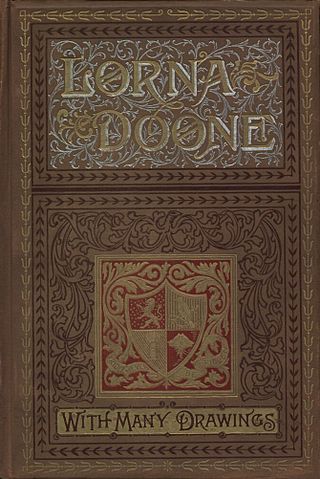
Lorna Doone: A Romance of Exmoor is a novel by English author Richard Doddridge Blackmore, published in 1869. It is a romance based on a group of historical characters and set in the late 17th century in Devon and Somerset, particularly around the East Lyn Valley area of Exmoor. In 2003, the novel was listed on the BBC's survey The Big Read.
Manning Coles was the pseudonym of two British writers, Adelaide Frances Oke Manning (1891–1959) and Cyril Henry Coles (1899–1965), who wrote many spy thrillers from the early 1940s through the early 1960s. The fictional protagonist in 26 of their books was Thomas Elphinstone Hambledon, who works for a department of the Foreign Office, usually referred to in the novels as "MI5".
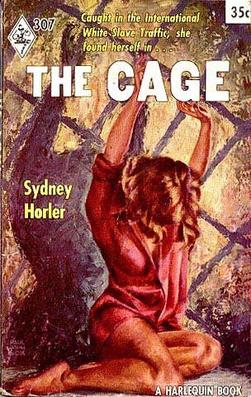
Sydney Horler was a prolific British novelist specialising in thrillers. He was born in Leytonstone, Essex, and educated at Redcliffe School and Colston School in Bristol.

The Berlin Memorandum, is a 1965 spy novel written by Elleston Trevor. It is the debut novel of the character Quiller, who was ultimately featured in a series of 19 thrillers, until Trevor's death in 1995, having been Trevor's most popular character.
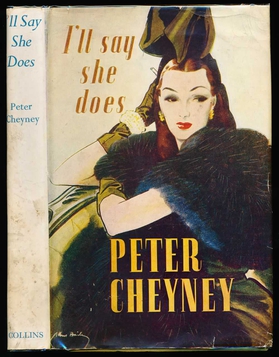
I'll Say She Does is a 1945 thriller novel by the British writer Peter Cheyney. It is the tenth in his series of novels featuring the FBI agent Lemmy Caution. Later editions of the book are generally titled I'll Say She Does!

Dark Bahama is a 1950 thriller novel by the British writer Peter Cheyney. It was the second in a trilogy featuring the private detective Johnny Vallon, a hard-drinking former army officer. The story also features Quale, the head of British intelligence who appears on several other novels by Cheyney. Much of the action takes place in a fictional island in the Bahamas and nearby Miami in Florida.

Ladies Won't Wait is a 1951 spy thriller novel by the British writer Peter Cheyney. It is a sequel to the 1945 novel Sinister Errand and portrays the continued adventures of Michael Kells, a half-American, half-British secret agent. It was published in the United States under the alternative title Cocktails and the Killer.
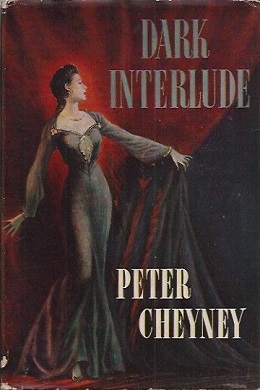
Dark Interlude is a 1947 spy thriller novel by the British writer Peter Cheyney. It features a British secret agent Shaun Aloysius O'Mara and his superior Quale, a recurring figure in Cheyney's novels.
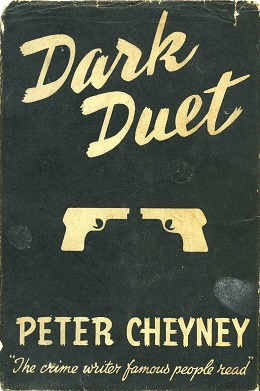
Dark Duet is a 1942 spy thriller novel by the British writer Peter Cheyney. Cheyney had become known for his hardboiled crime thrillers featuring Lemmy Caution and Slim Callaghan, but this novel was his first fully-fledged espionage novel. The novel is set in wartime London, Lisbon and Ireland. It was published in the United States with the alternative title The Counterspy Murders.

The Dark Street is a 1944 thriller novel by the British writer Peter Cheyney. It was published in the United States by Dodd, Mead with the alternative title of The Dark Street Murders. It follows on from both the 1942 novel Dark Duet and the 1943 novel The Stars Are Dark and features his recurring head of British counter intelligence Quale as well as the spy Shaun O'Mara. It begins in wartime occupied Paris before moving to London.

The Stars Are Dark is a 1943 spy thriller novel by the British writer Peter Cheyney. It was published in America with the alternative title The London Spy Murders. It follows on from the 1942 novel Dark Duet focusing on British counter intelligence operations during the Second World War, and introduces the character of Quale a senior British intelligence officer would appear in several novels.

Sinister Errand is a 1945 spy thriller novel by the British writer Peter Cheyney. Cheyney known for his creations Lemmy Caution and Slim Callaghan, introduced a new character the half-American secret agent Michael Kells. It was followed by a sequel Ladies Won't Wait in 1951.

Up the Ladder of Gold is a 1931 thriller novel by the British writer E. Phillips Oppenheim. He dedicated the work to the comedy writer P.G. Wodehouse. It represented the apex of Oppenheim's portrayal of the great man as a dynamic force.
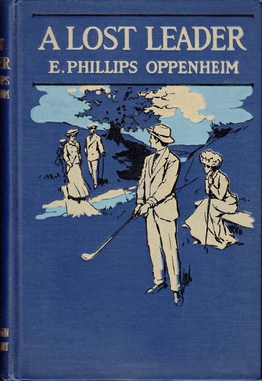
A Lost Leader is a 1906 politically-themed novel by British writer E. Phillips Oppenheim. Later better known for his thrillers, it was one of several novels Oppenheim wrote at the time centred on "social political life". In it, a potential Liberal Party politician, Lawrence Mannering, is lured back from his country estate to London to revive the party's fortunes.

Mysterious Mr. Sabin is a 1898 spy thriller novel by the British writer E. Phillips Oppenheim. It was the first spy novel by Oppenheim, a genre which he came to dominate during the First World War and interwar era. Revolving around a plot of a Frenchman selling British military secrets it became a bestseller, establishing him as a popular writer. It has been described as the novel "that launched Oppenheim's career of xenophobic espionage fantasy". It contains elements of invasion fiction, a common genre theme at the time.

The Whip Hand is a 1965 spy novel by the British writer Victor Canning. It is the first in a series of four novels about Rex Carver, a private detective drawn back into his old profession of espionage. The novel also features the secret service agent Manston who had previously appeared in The Limbo Line, Canning's previous novel.
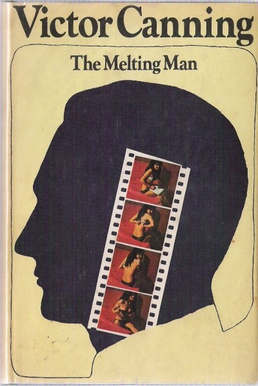
The Melting Man is a 1968 thriller novel by the British Victor Canning. It is the fourth and final entry in a series novels about Rex Carver, a private detective drawn back into his old profession of espionage. It features the French secret agent Aristide de la Dole, who had previously appeared in Doubled in Diamonds.

Up the Garden Path is a 1949 detective novel by John Rhode, the pen name of the British writer Cecil Street. It is the forty ninth in his long-running series of novels featuring Lancelot Priestley, a Golden Age armchair detective. It was published in America by Dodd Mead under the alternative title The Fatal Garden. Reviewing the novel in The Observer, Maurice Richardson concluded "Mr. Rhode has lost very little of his grip."
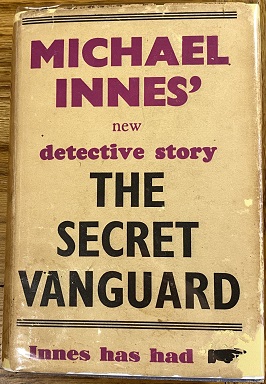
The Secret Vanguard is a 1940 thriller novel by the British writer Michael Innes. It is the fifth in his series featuring John Appleby, a young Detective Inspector in the Metropolitan Police. The novel takes place in the early stages of the Second World War, and functions closer to a mystery spy novel than the traditional detective novel.

Let Sleeping Girls Lie is a 1965 spy thriller novel by the British writer Stephen Coulter, published under the pen name James Mayo. It is the second in a series of five novels by Coulter, featuring the British secret agent Charles Hood. The series was an attempt to capitalise on the popularity of the James Bond novels and films. It was published in London by Heinemann and New York City by William Morrow. While the book sold well, it received a poor critical reception. Writer Anthony Boucher's review noted "Let Sleeping Girls Lie has loads of sex, sadism and snobbery, and no sense at all of plot or structure". although he praised the novel's action and sex scenes. The first Hood novel Hammerhead was made into film of the same title in 1968, but the poor reception ended producer Irving Allen's plans to film the sequels and create a rival to the Bond series.



















